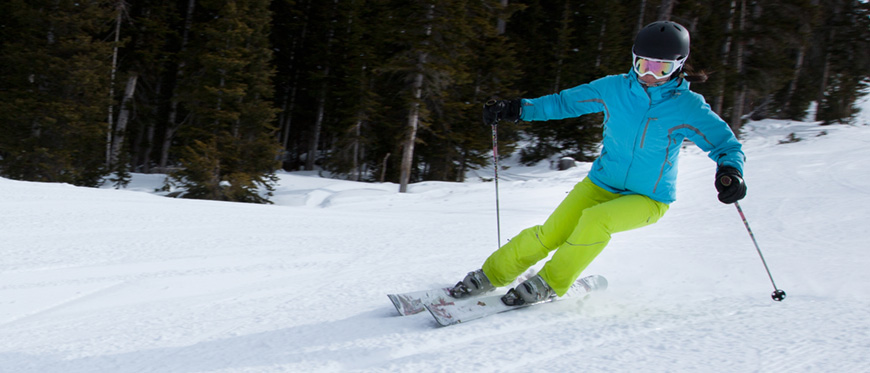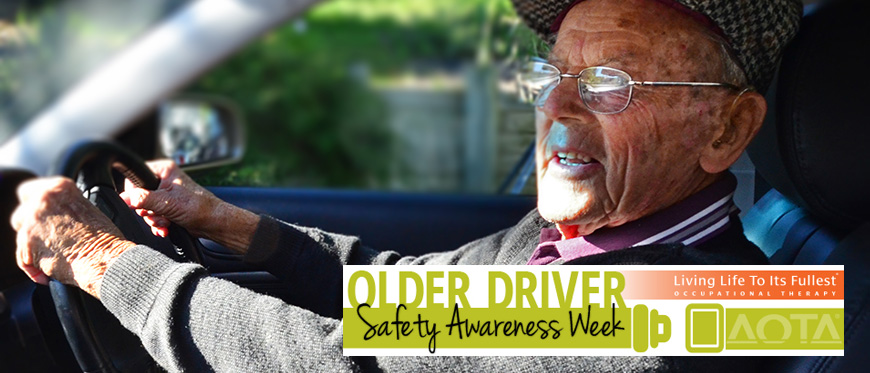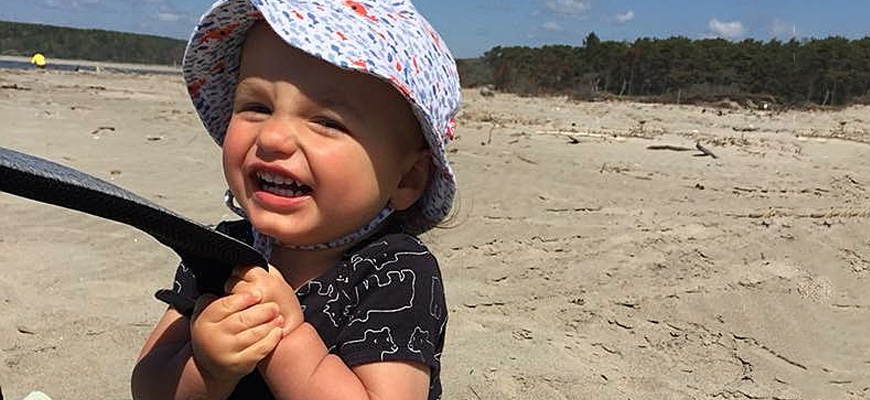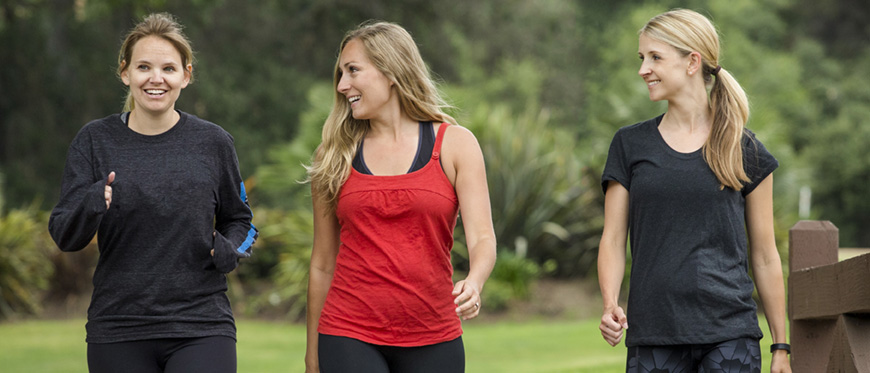For a lot of people, winter sports make the cold season that much sweeter. Fun in the snow may also lead to injuries. In a blink of an eye, you may be nursing a sprained ankle or a blown-out knee (yes, the dreaded ACL tear). But luckily, there are strategies that can help minimize injury this winter season!
Evidence strongly suggests that a combination of dynamic stretches, warm up drills, quad and hamstring strength, and plyometrics lead to prevention, and as a PT, I whole-heartedly agree. However, there is one other important “group” of muscles that tend to be left behind that may serve as the magic ticket to staying healthy this winter season: your core! No, not your six-pack abs that you often try to target at the gym, but the deeper, smaller, more stabilizing muscles that are close to your boney architecture.
These muscles includes your transversus abdominus, multifidus, pelvic floor muscles and gluteus medius, also known as your local muscles. If the local muscles are doing their jobs, your body has a nice foundation for the trunk above and the hips below to work off of. The more stabilized your core is, the more efficient your body is at transferring energy, making your body less vulnerable to winter injuries.
With this said, perhaps it’s time to integrate different types of exercises to prepare and/or maintain for this snowy season. Continue with your squats, your hamstring curls, and your agility exercises, those are all great options, and necessary too, but keep in mind the smaller muscles that run deep are pivotal in determining how your body tolerates dynamic activity. It may be in your best interest as an outdoor athlete to give them some love.
Consider adding the following exercises to remain healthy and happy on the slopes:
- Drawing-In Maneuver for spine stabilizers (multifidi and transversus abdominus recruitment)

Drawing-In Maneuver
- Lay on your back, take a deep breath in and out.
- Once you exhale, draw your belly button down towards your spine without holding your breath. Tip: When you draw your belly button in towards your spine, don’t allow your ribs to flare outwards. This indicates a loss of core engagement. Imagine your hip bones and ribs are connected by suspenders.
- Now engage your pelvic floor muscles by imagining you are withholding a stream of urine.
- Hold for 10-15 seconds, repeat 5 times.
- Clam Shells (gluteus medius recruitment)
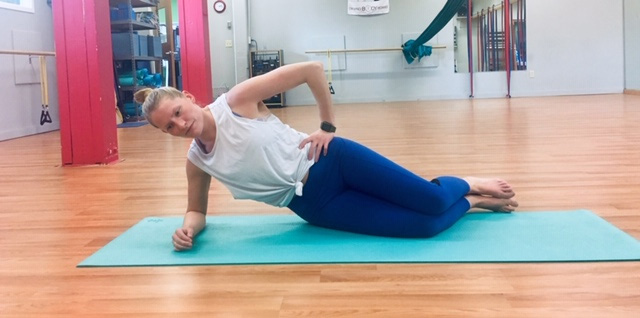
Clam Shell: Start Position
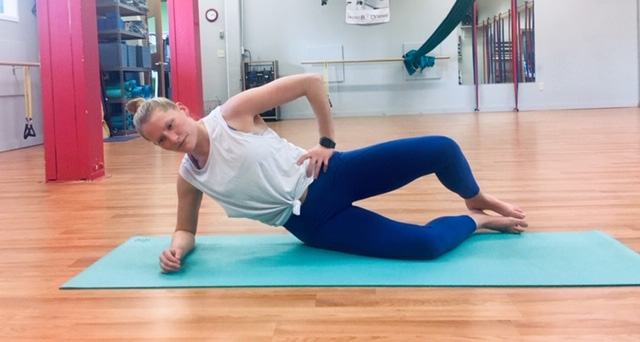
Clam Shell: Open Position
- Lay on your side with your head in neutral position, knees bent, feet together
- Engage your core by drawing your belly button into your spine without allowing your ribs to flare.
- Keeping your feet together, lift the top knee up towards the ceiling without rotating your upper hip and without losing the engagement of the core.
- Repeat on both sides, 20 reps, 2 times each side.
- Quadruped with leg extension (gluteal and spinal stabilizer recruitment)
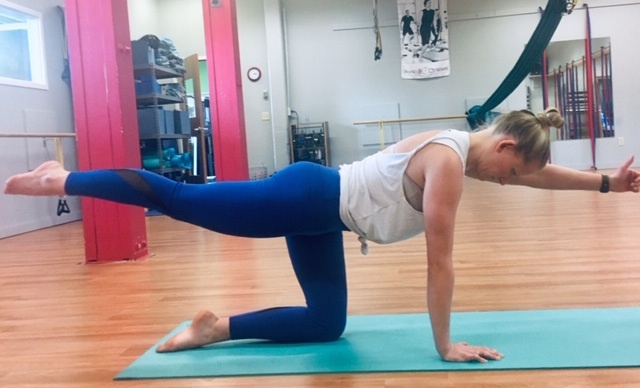
Quadruped with Leg Extension
- Position yourself on your hands and knees; hands under shoulders, knees under hips.
- Engage your core by drawing your belly button in towards your spine without rounding your spine or your shoulders.
- Extend your leg out behind you while keeping hips level and core engaged. Avoid rotation of the hips.
- Repeat on the other side, 10 reps, 2 times each side.
- To progress, extend opposite arm during opposite leg extension without losing core engagement or wobbling to the side.
About the Author: CVMC physical therapist Kat Dwyer, PT, DPT is particularly interested in orthopedic sports injuries and in blending Pilates techniques with physical therapy, offering a unique and gentle approach to rehab. Kat is known for building strong, inspirational relationships with clients, and her personal passion for health and wellness is infectious.

